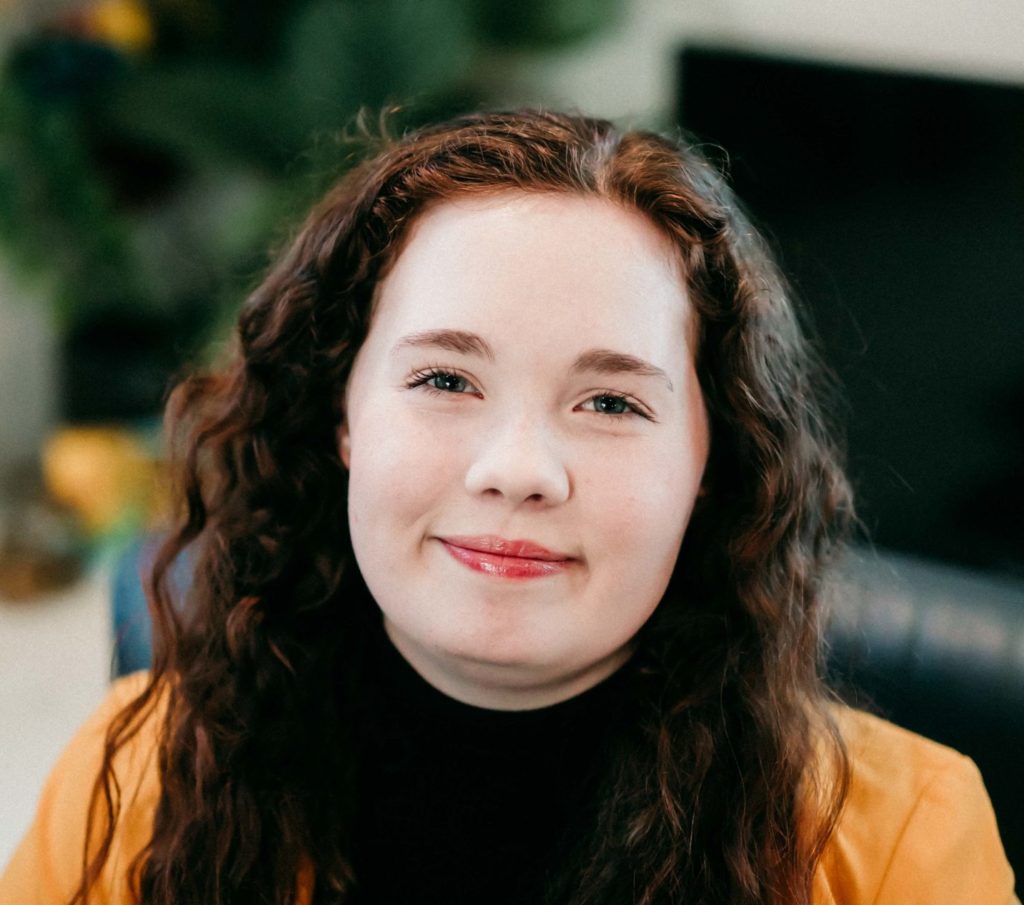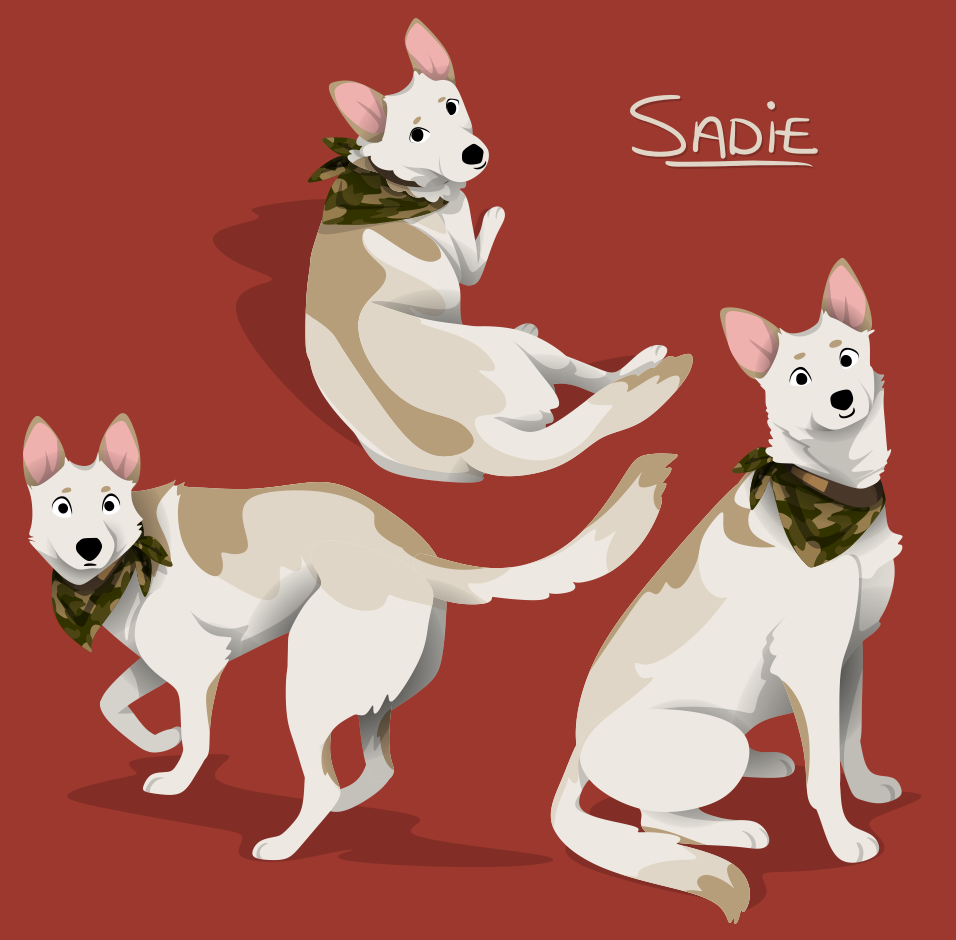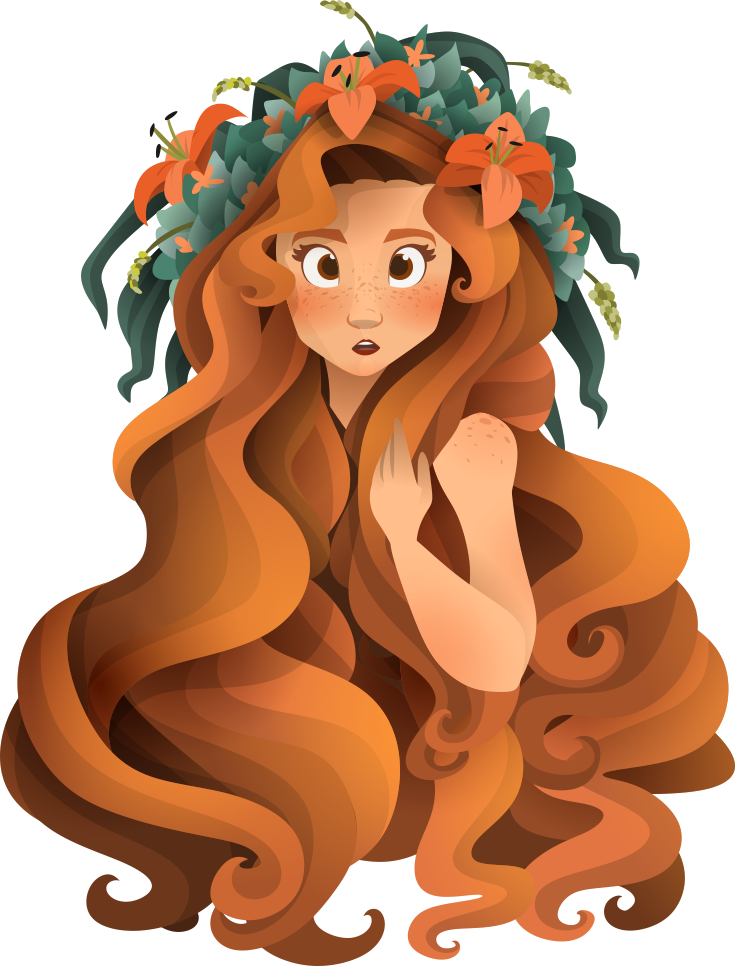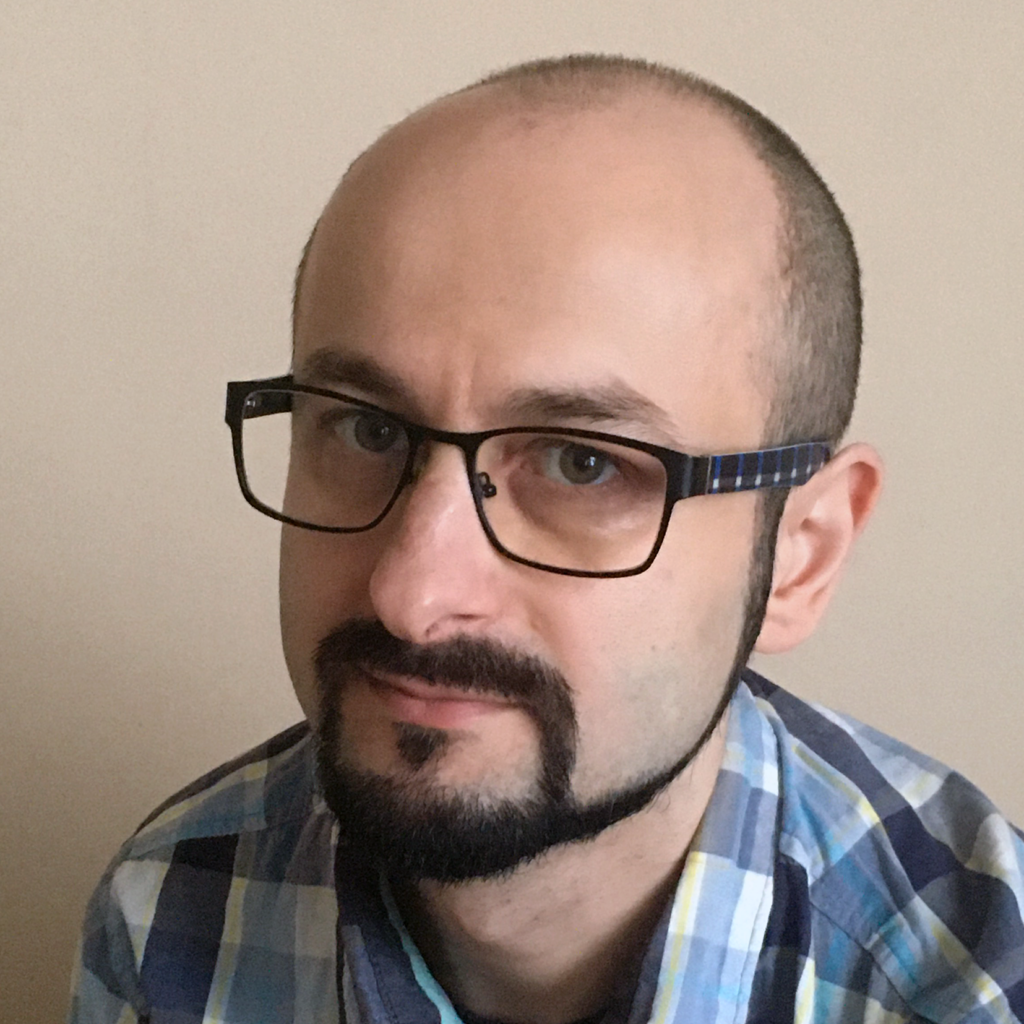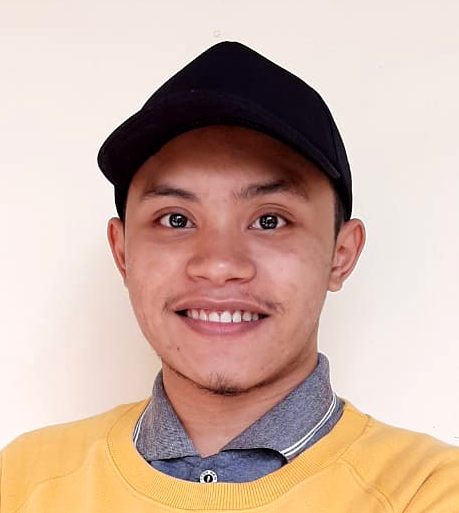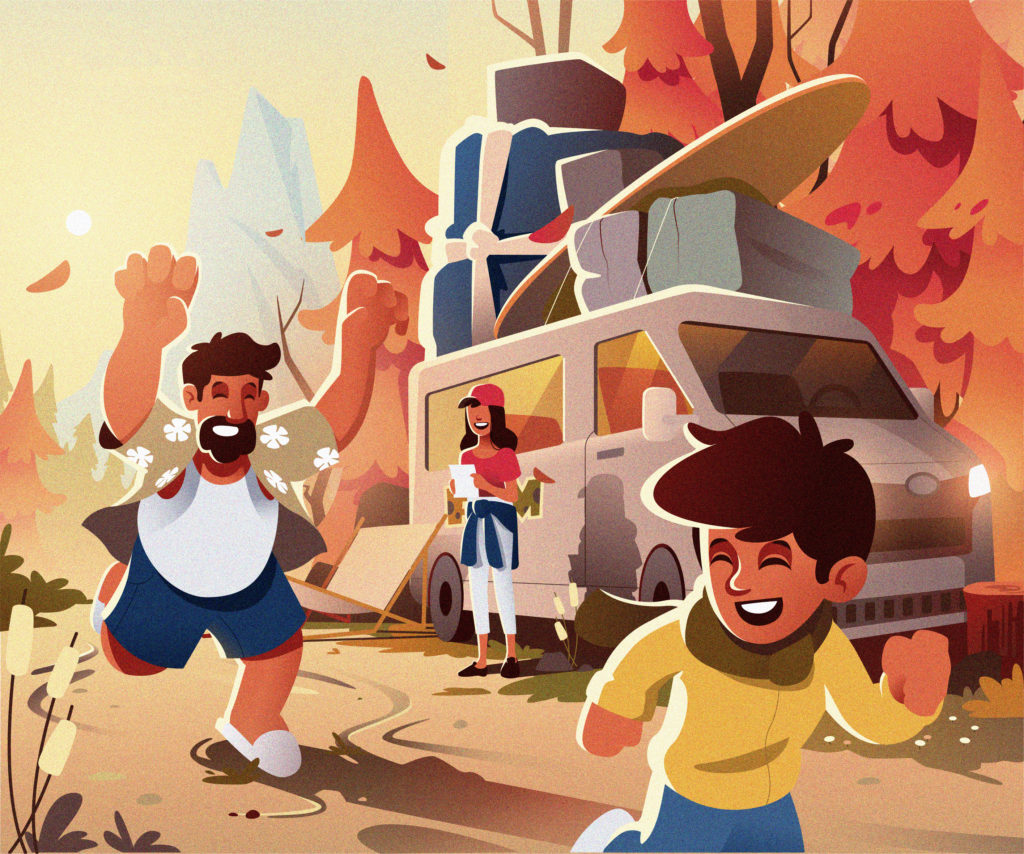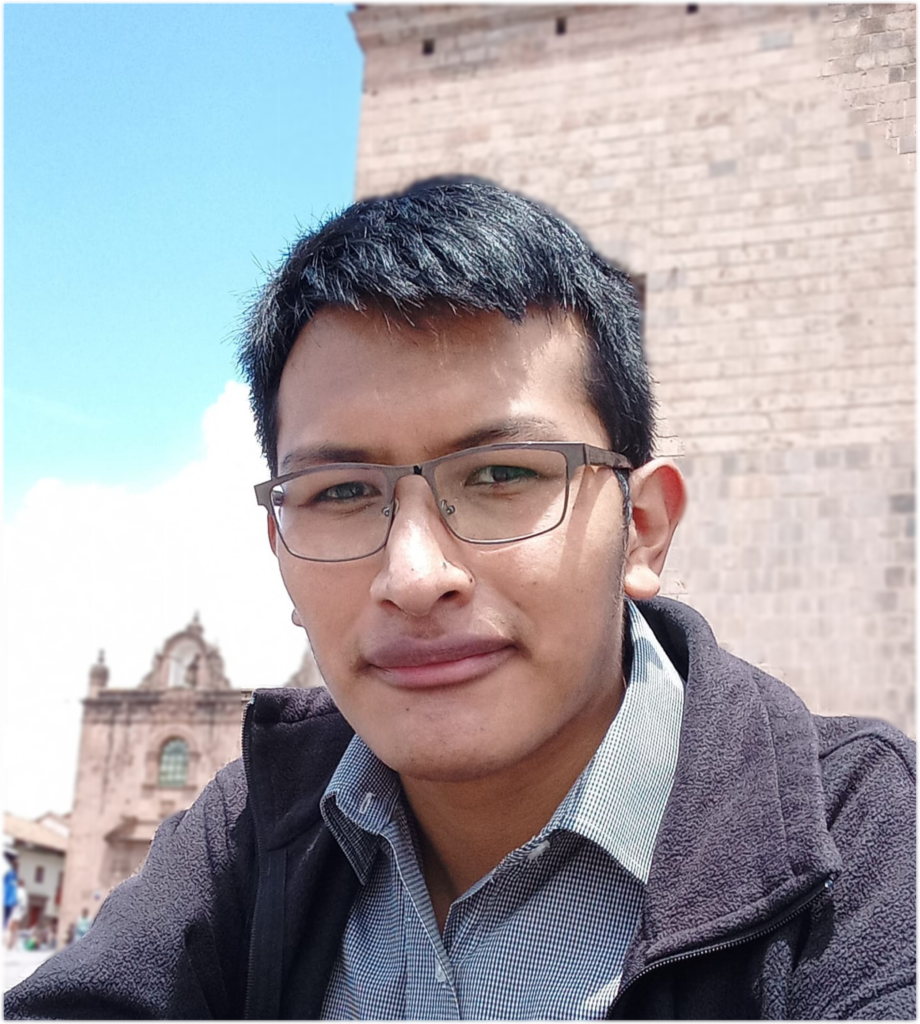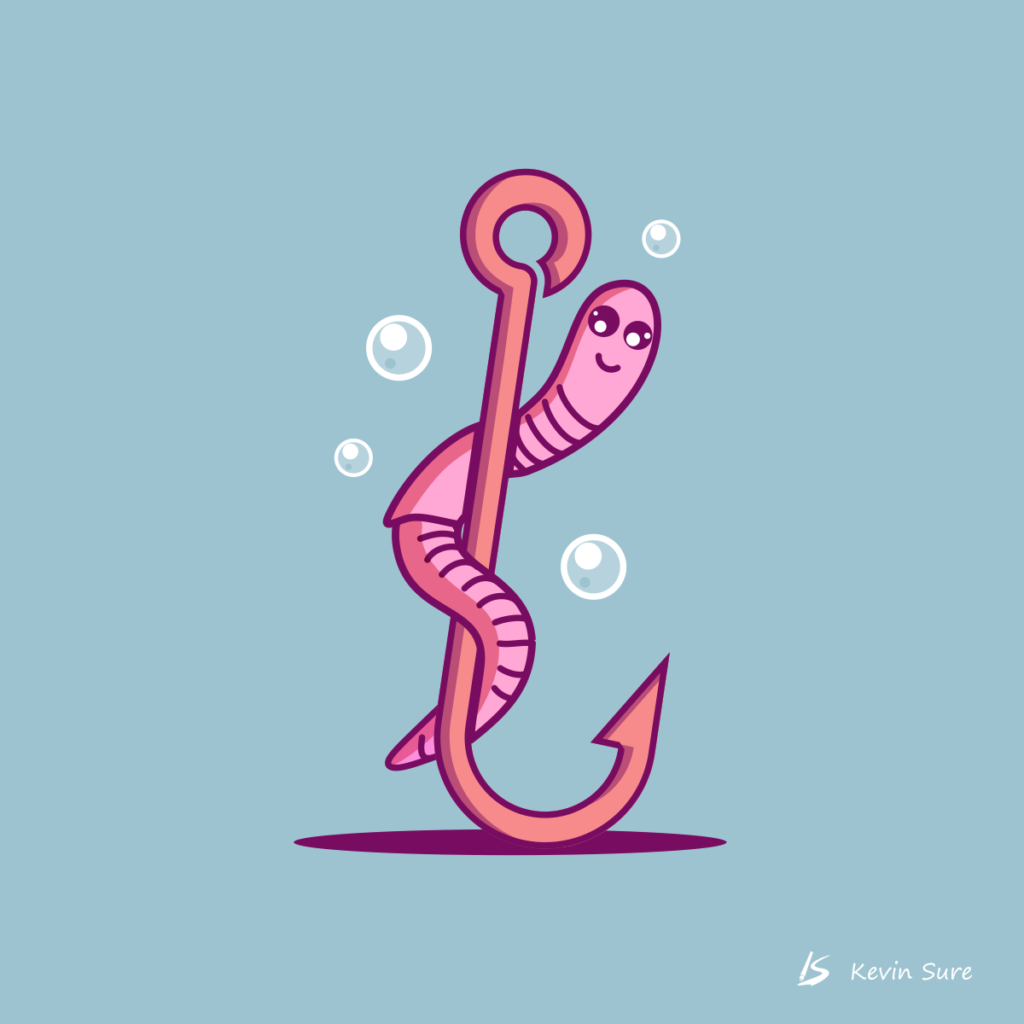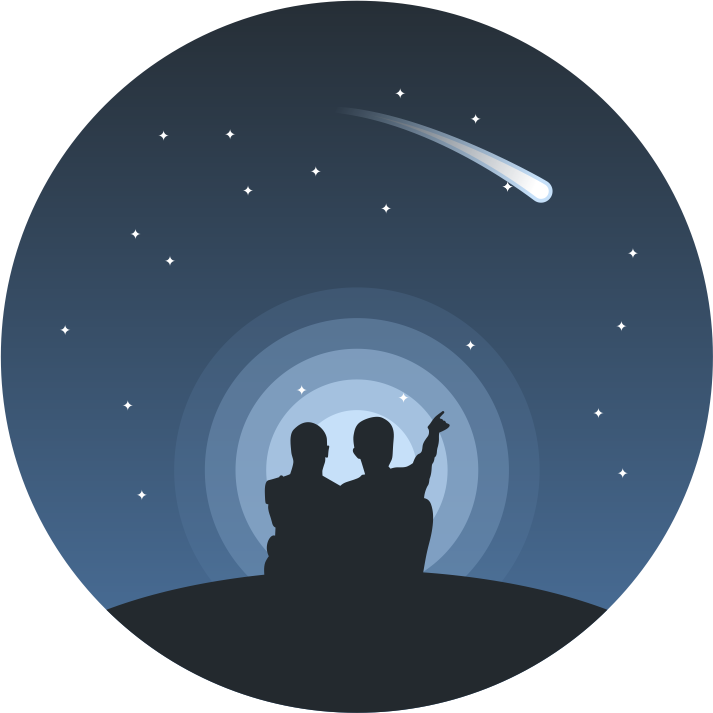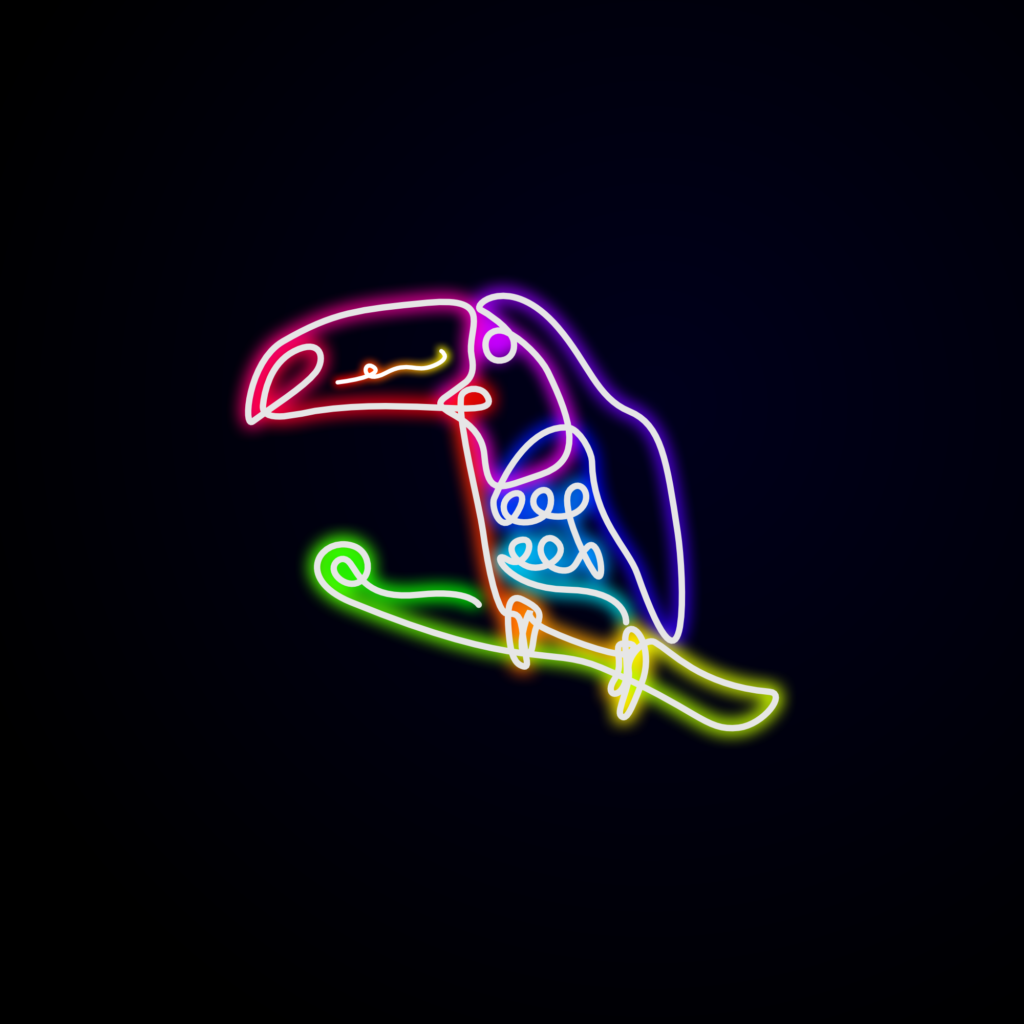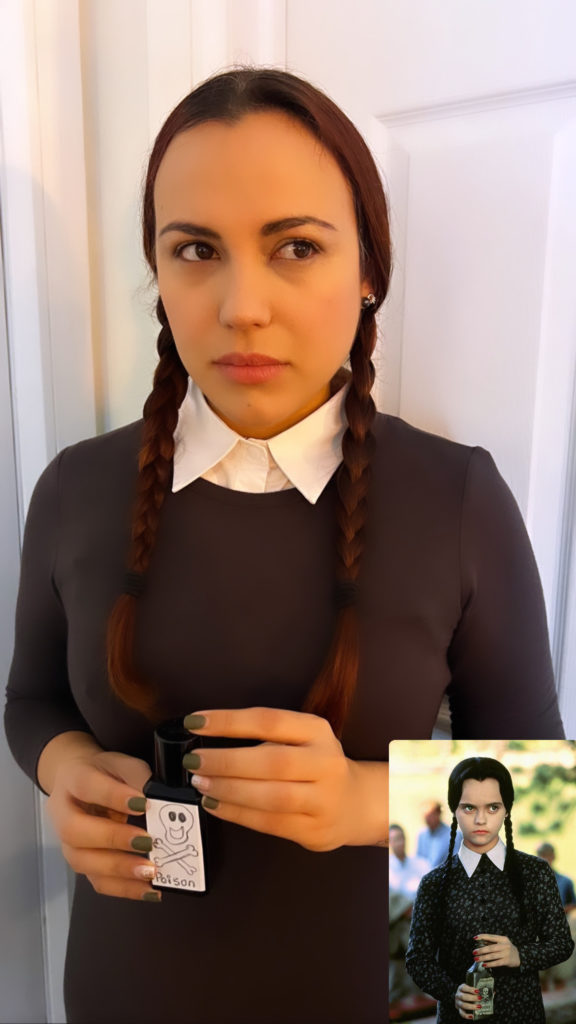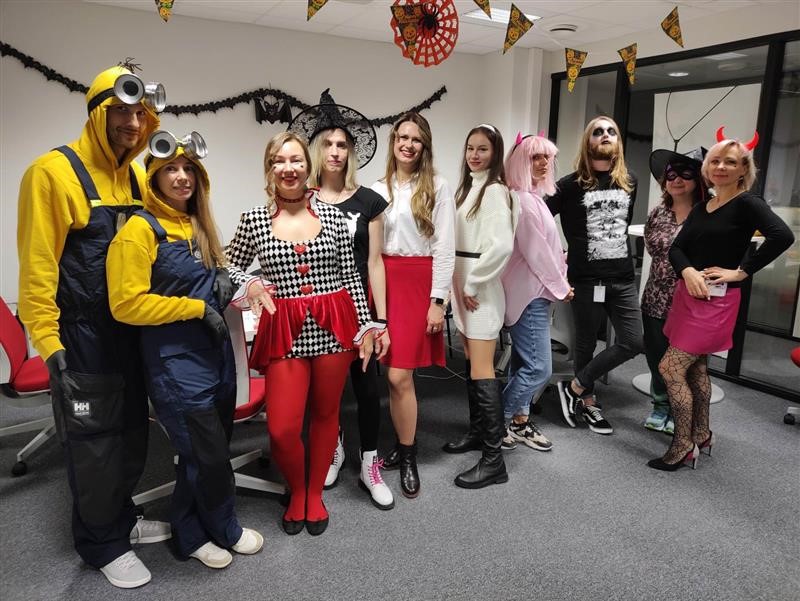What do Japanese poetry and executive leadership have in common? A lot, as it turns out.
I’ve recently introduced the concept of “management by haiku,” and I’m pleased to see that it has resonated with a lot of people. I’ve already published a few articles on the topic, but I realized that I haven’t yet addressed it with the stakeholders who matter most: you, our employees, customers, and friends who read this blog.
Management by Haiku
You’re likely already familiar with haiku. It’s a well-known form of poetry that originated in Japan. Haiku is perhaps most famous for its signature structure: three lines, 17 syllables total. Five syllables in the first and third line, seven in the second. That’s it. The constraints are strict and clear: If you can’t convey your message in 17 syllables, your haiku isn’t a success.
Haiku demands extreme focus and clarity. No fuss. No extra stuff.
I think leaders everywhere can take a lesson from haiku. Especially right now, as the world is heading into an economic downturn. With investments and capital harder to come by, leaders are facing tough questions. Where to cut? Where to focus?
Haiku is the antithesis of shiny object syndrome. Instead of chasing twenty ideas and hoping something works out, management by haiku means getting extremely clear about what you’re working on.
Management by haiku makes it easier to make decisions. Any time an opportunity or question comes up, hold it up to your haiku. Does it fit? If so, proceed. Would you need to add “extra syllables” onto your haiku to accommodate it? If so, say no and move on.
I believe that any good creative outcome is the result of constraint.
You might be surprised to hear me say that, especially since—with our recent rebrand to Alludo—we’ve been talking so much about freedom and liberation. But I think constraint is the key to creativity and innovation. Constraint eliminates clutter and hesitation. It allows you to own your space, own who you are, own what you want, own where you’re going.
Imagine you have a closet full of stuff. (I suspect you may not really have to imagine.) There’s no way that every piece in there is truly authentic to your lifestyle, interests, and priorities now. If I dig through that closet, I don’t know who you are. Every single one of those things doesn’t really represent you.
If you’re told that you can only keep ten things, you’re going to choose items that you need and clearly represent who you are. There might be variety in those pieces, but they’ll tell a story. They will reflect what you truly value.
It’s all about the edit.
Right now, that edit is more critical than ever. In this new economic reality, companies will die by overconsumption, not starvation. Stuffed closets are scattered and wasteful.
For business leaders, constraint means pushing for fierce clarity on your mission, vision, and values. It means choosing how to use your resources wisely. When my team and I are completely clear, we’re all released from uncertainty, from micromanagement, and from the need for constant permission.
This is the essence of management by haiku. I believe it’s going to increase in importance over the next year, so you can expect to hear more from me about it.
Since you’ve read this far:
You’re the core of our purpose.
Thanks for all you do.
(That, of course, was a haiku.)
